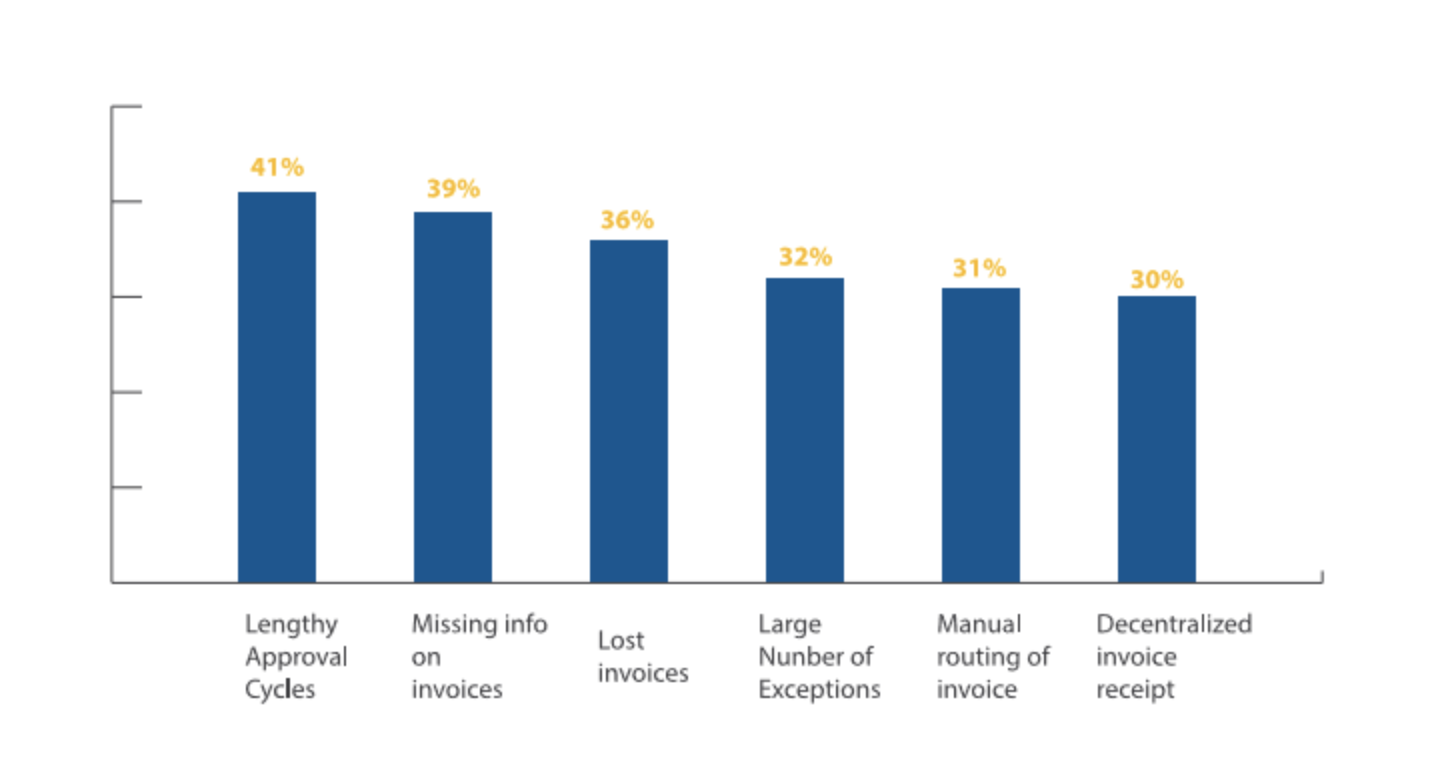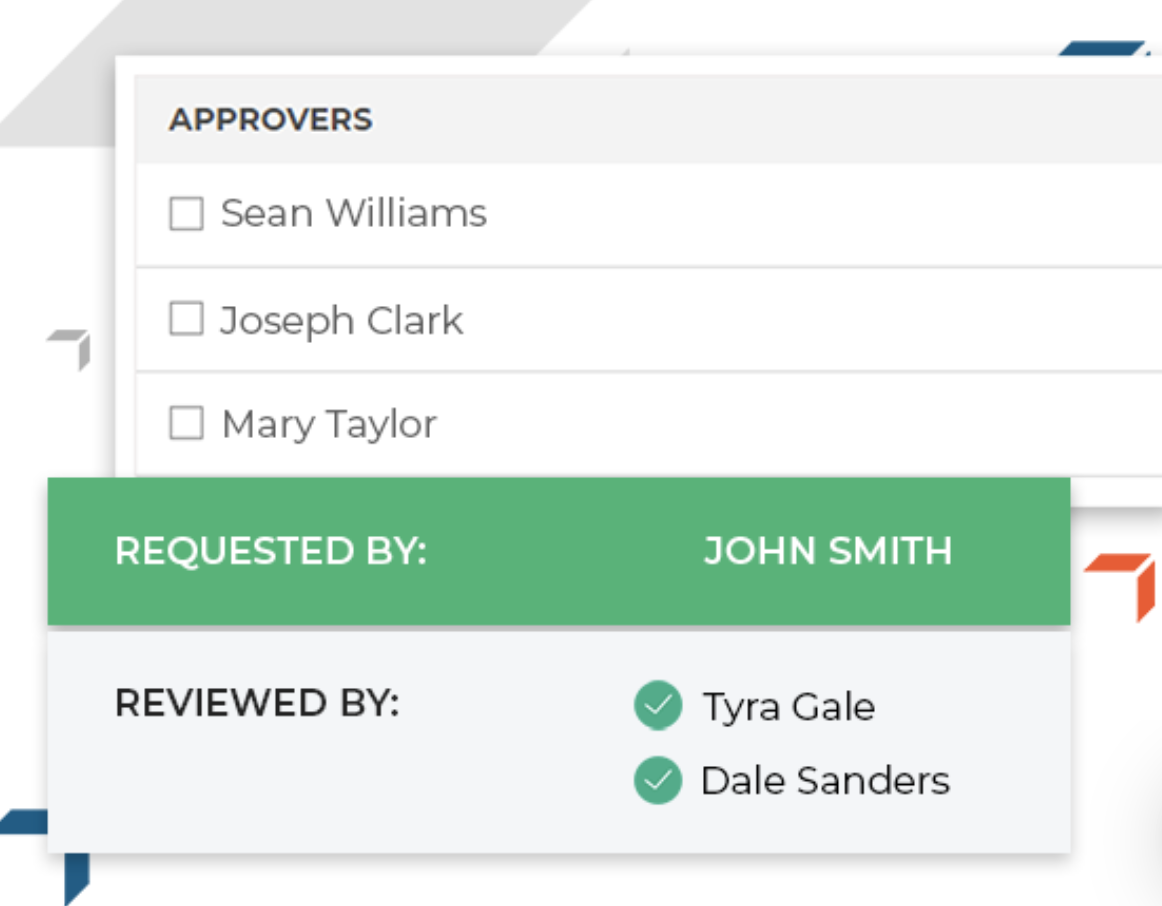Whether you’re messing around with paper POs or inefficiencies are hiding out in the supply chain, we’re willing to bet that your PO procedure could move a bit faster.
Here’s our take on How to Speed Up the Purchase Order Procedure
Everything from supplier management to approval flows and a defined purchasing policy can help streamline your procure-to-pay cycle.
Here, we’ll go over a few simple steps toward speeding up your PO process.
[content_upgrade cu_id=”4381″]Why Use a Purchase Order, Anyway? Click here and we’ll look at some powerful benefits.[content_upgrade_button]Click Here[/content_upgrade_button][/content_upgrade]
Create a Standardized Purchasing Policy to speed up the purchase order procedure
Does your organization have a clear purchasing policy in place?
If not, it could spell trouble for your budget and your company’s bottom line. Smart purchasing means you need to buy the right number of products at the right time at the best possible price.
Consider all of the individual departments that make up your organization. While procurement and accounting understand why you need to document all transactions, other departments might play fast and loose with credit cards or place orders over the phone.
Other issues that may arise include lost documents, lost time, and delayed orders.
[bctt tweet=”Without a standard purchasing procedure, people will order however they see fit. This means that people might use their own methods for organizing orders, which leads to mismanaged budgets and miscommunication.” username=”procurementexpr”]

Your policy might cover the following areas:
- Who is allowed to place an order?
- Who can approve orders?
- Are there spending limits for certain employees?
- How will you select suppliers?
- Which suppliers are approved?
- Where will you store data?
- How will you track orders against your budget?
The specifics will vary based on your company goals, how many employees are involved, and more. However, it’s important to identify any areas that could be wasting time or money and well, locking them down.
Approval Flows
Create approval flows, but beware of bottlenecks.
We get it; if you’re trying to gain more control over spending, it might seem like a good idea to run every order through multiple approvers so nothing slips through the cracks. We get it, but we’ve found that you need to strike a delicate balance between oversight and over-approving.
Here are a couple of things to implement here instead of a lengthy approval chain:
Who Gets to Approve?
If there are managers who already have purchasing authority or create budgets themselves, be sure to adjust their limits inside your procurement software to reflect those ordering privileges.
If there is some concern about “gaming” the system, digitizing and standardizing the PO process should squash any under-the-radar rogue spending or fraud.
Most people aren’t out to steal from the company, but budget holders, procurement leaders, and finance teams need to keep an eye on spending to make sure there’s nothing shady going on.
Increased Visibility Means You Can Shorten Approval Chains
If approval chains are causing delays, it’s time for a change. The benefit of a cloud-based PO system is that you actually have a lot more control and visibility.
In ProcurementExpress.com, you can add accounting and finance users. These users can “watch” transactions and keep on top of anything that looks off.

Supply Chain Strategy
Can you slim down the supply chain?
Working with fewer vendors can save you time, and give you more control over shipment quality. Review your existing mix of vendors and look at where you can consolidate orders or negotiate discounts.
As you evaluate suppliers, you’ll want to ask about the following terms, as they will come into play when the time comes for negotiations:
- Delivery arrangements
- Expected turnaround time
- Payment terms
- Possible risks
- Who owns the liability?
- What if there is a legal dispute?
- What happens if there is a change in buyer requirements?
As we’ve mentioned in the past, developing long-term relationships with suppliers allows you to negotiate better terms, access tailored solutions, and work toward a mutually beneficial set of goals.
For added control over “preferred suppliers” we’ve recently added a new feature, Supplier Approval, which prevents employees from ordering off the “list.” What’s nice about this is that it eliminates the issue of employees adding unauthorized suppliers to the system, which can impact the budget, quality, and access to volume discounts.

Set yourself up for more efficient supplier management by prioritizing these two things:
1. You need to create a communication policy. Internally, establish a regular schedule for checking in with suppliers. Proper communication means faster dispute resolution, and it sets the stage for more strategic conversations—i.e., planning for shortages, new projects, and so on.
2. You need a standardized checklist for monitoring supplier performance. The benefit of working with fewer suppliers is that it’s easier to track performance and fix issues as they emerge, in real time.
Review Supplier Quality
To evaluate supplier performance, you’ll want to put together a checklist that makes it easy to review the order and any changes in performance over a longer period.
Here are a few examples of metrics that will help you assess supplier quality:
- Delivery time
- Are orders complete?
- Does the vendor communicate issues, shortages, and delays ahead of time?
- How is supply quality?
- Is the price competitive?
- How does this order compare to previous orders?
- Can this supplier meet design specifications?
- Is the staff knowledgeable?
It’s worth pointing out that this process doesn’t need to be complicated. When you add vendors to your purchase order system, you’ll be able to upload the contracts associated with each supplier, along with pricing, discounts, and any other terms laid out during negotiations.
Make a standard checklist and make a habit of going over the metrics that matter to you each time an order comes in. Things like pricing discrepancies will be revealed right away if you use auto-fill to speed up the purchase order process.
Seek out Local Suppliers
Buying local isn’t just right for your local economy and the environment; it’s a great way to increase order turnaround time. Think about the amount of time it takes to order and receive a product from across the globe.
You’re dealing with paperwork, arranging different modes of transportation, and then you need to wait for the order to arrive. Any snags in the process, be it an incomplete bill of lading or a shipping delay, and you’ve got a bottleneck on your hands.
Streamline Receiving and Payment
After you receive your products, the buyer should check the package slip against the PO, then acknowledge the receipt. From there, you’ll need to make sure that the quality matches what was discussed in the initial contract.
If any items are missing or something is wrong with the order, be sure to notify the vendor immediately. The vendor should let you know how you can best handle the return process and get the items you ordered in the first place.
When you do receive the invoice, check it against the packing slip and the purchase order. Accounting should have all of the appropriate documentation stored within your accounting software and your procurement platform.
To ensure that payments go out quickly, you should sync your accounting and procurement software, as well as make sure to store all purchasing records in an accessible, central repository.
It’s important to note that you’ll need three essential documents: the purchase requisition, the PO, and the invoice. All three must match, to ensure there are no discrepancies before making a payment. After accounts payable reviews the documents, they’ll pay the invoice.
[content_upgrade cu_id=”4381″]Get the bonus content: Why Use Purchase Orders, Anyway?[content_upgrade_button]Click Here[/content_upgrade_button][/content_upgrade]
Final Thoughts
As you can see, speeding up your procurement procedure involves several moving parts. Dealing with fewer vendors and putting a standard purchasing procedure in place will save you time up front, while a cloud-based storage system will make it much easier to correct invoice errors and plan future budgets.
Your procurement solution should be easy to use, cloud-based, and connected to the rest of your business tools. ProcurementExpress.com allows teams to streamline their purchase order process through cloud-hosting, one-click approvals, and no more paperwork. Check out our free demo to see it in action.



